Art & Exhibitions
5 Exhibitions Not to Miss While Visiting Art Week Tokyo and Art Collaboration Kyoto
The institutional shows are among the highlights of presentations concurrent with the fairs.
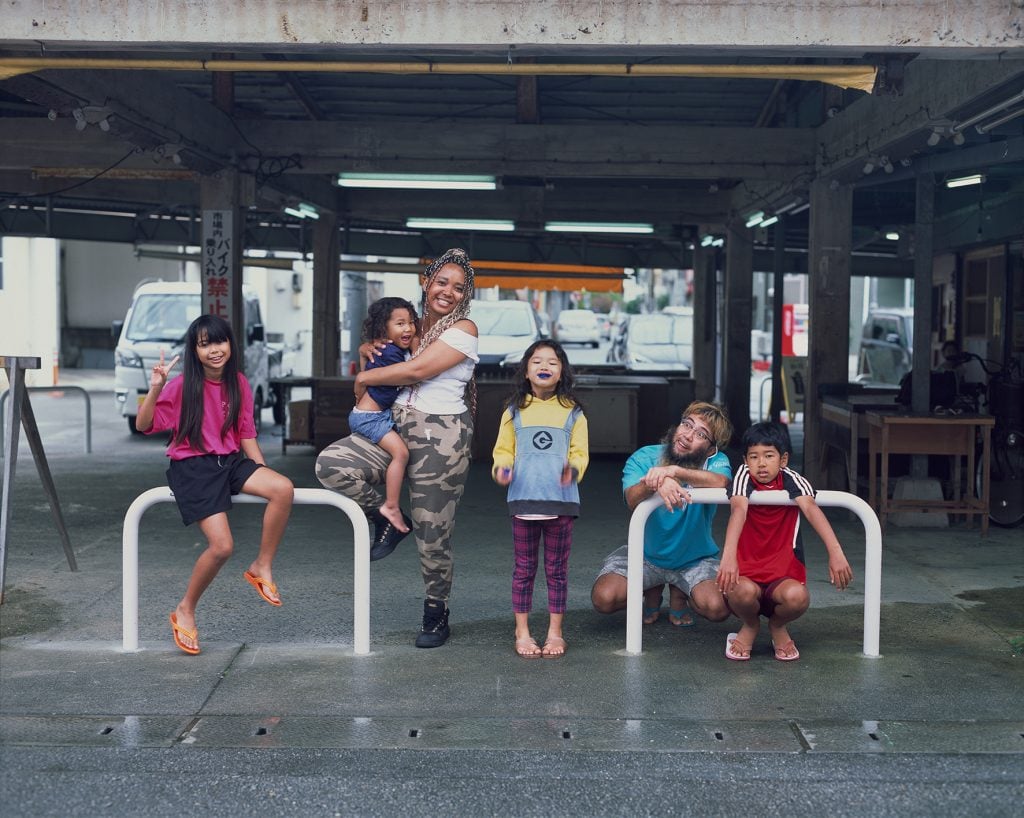
The institutional shows are among the highlights of presentations concurrent with the fairs.

Vivienne Chow

As Japan strives to make a comeback on the global art stage, events staged by homegrown art world players have taken a new turn in a bid to draw attention from an international crowd. The next two weeks see the return of Art Week Tokyo and Art Collaboration Kyoto (ACK), two events looking to suit specific local needs rather than simply imposing the traditional western art fair model.
Despite the friendly rivalry between Tokyo and Kyoto, the two events are coordinated in a way that makes it easier for foreign visitors. ACK, which encourages local Japanese galleries to partner with overseas galleries and share booths with them, moved from last year’s mid-November slot to October 27 (VIP preview day) to 30, just ahead of Art Week Tokyo’s VIP events beginning on October 31 (public days run from November 2 to 5). Art Week Tokyo, organized in collaboration with Art Basel, returns with its successful model of shuttling visitors and art buyers to galleries, but on a bigger scale, and the launch of a curated sales platform called AWT Focus.
In addition to the fair programs, the two events also emphasize the importance of concurrent institutional shows. Here are five exhibitions that are not to be missed.
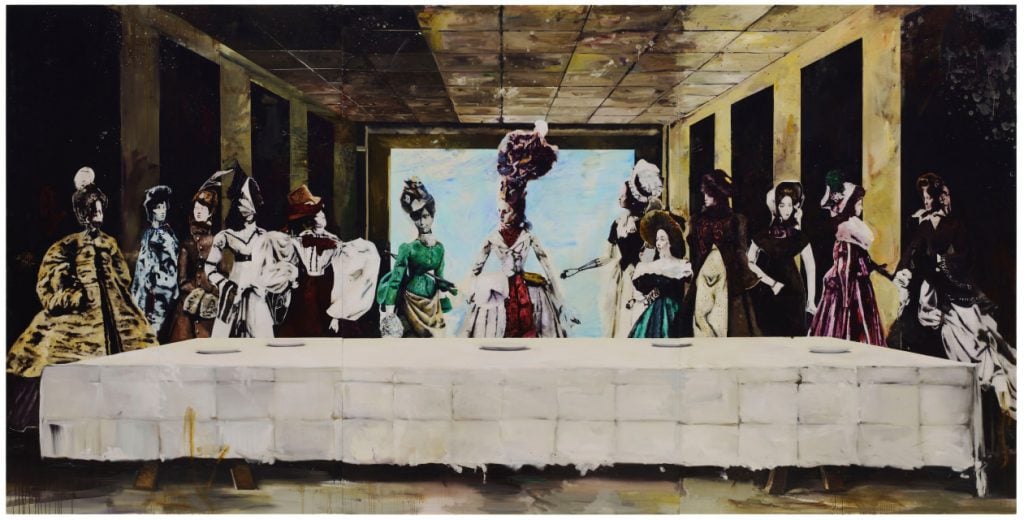
Yukimasa Ida, Last Supper (2022). Courtesy the artist and Kyoto City KYOCERA Museum of Art.
If discovering new talent is one of your primary goals for traveling to Japan this week, this exhibition should be on your itinerary.
Born in 1990 in Tottori prefecture, Yukimasa Ida was already an award-winning artist and made it to Forbes Japan‘s 2018 “30 Under 30” list before graduating from Tokyo University of the Arts with a master’s degree in oil painting in 2019. He has since been exhibiting internationally, including solo shows with Mariane Ibrahim at the gallery’s Chicago and Paris spaces, as well as a 2022 solo show at Museo Picasso Malaga in Spain.
“Panta Rhei—For as long as the world turns” is Ida’s first museum solo in his native Japan. The exhibition launched this summer at Yonago City Museum of Art in his hometown of Tottori before traveling to Kyoto City at the end of September. Drawing the concept of “Panta Rhei,” or “everything flows,” coined by Greek philosopher Heraclitus, the exhibition is the Tokyo-based artist’s reflection on his career against the backdrop of the ever-changing world, particularly as he experienced it during Covid. Curated by Jérôme Sans, the Kyoto show features more than 350 works, including paintings and sculptures and recent works never before exhibited in Japan.
Kyoto City KYOCERA Museum of Art is at 124 Okazaki Enshoji-cho, Sakyo-ku, Kyoto, 606-8344.
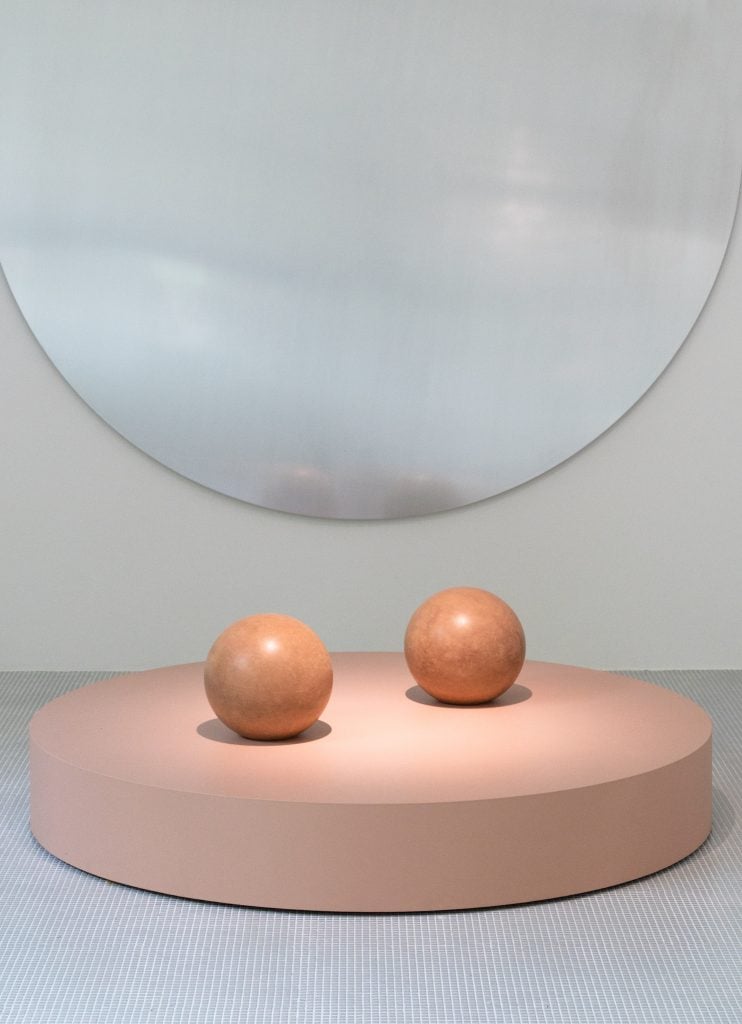
Hirofumi Isoya, exhibition view of Prada Mode Tokyo, Tokyo Metropolitan Teien Art Museum, Tokyo, 2023.
In his solo show “Duration, and Today,” the Tokyo-born Hirofumi Isoya takes over the exhibition venue Artro, which was converted from a historic Meiji-era warehouse, and transforms it into an intimate space.
Japan’s Meiji era (1868-1912) marked the beginning of the country’s modernization, during which the country moved its capital from Kyoto to Tokyo while undergoing major social, political, and economic reforms that saw the feudal society transform into an industrialized state and subsequently emerge as a global power. By placing works made of historic materials in connection with photography, Hirofumi (b. 1978) creates an expanded space to contemplate the concept of time.
Artro is at 556 Kaiya-cho, Nakagyo-ku, Kyoto, 604-8126.

Mao Ishikawa, Scroll, 2021. Courtesy Tokyo Opera City Art Gallery.
Born in 1953 in Ogimi Village in Okinawa, Japan’s southernmost prefecture, the award-winning Mao Ishikawa took up photography in the 1970s. She studied under Tomatsu Shomei at the Workshop Photography School in 1974 and has since been creating photography works reflecting the livelihoods of the people of her hometown. While Ishikawa’s work has already entered public collections in Japan and in the U.S., such as that of the Metropolitan Museum of Art in New York, “What Can I Do?” is the artist’s first solo show at a Tokyo art museum, and is staged on the heels of her successful show in her hometown’s Okinawa Prefectural Museum & Art Museum in 2021.
While the show focuses on the artist’s new works from the “Great Ryukyu Photo Scroll” series which the artist began to work on in 2014, the exhibition promises to be a rare opportunity that allows a meticulous examination of Ishikawa’s early works, developed against the backdrop of the complex geopolitical situation in Okinawa.
Tokyo Opera City Art Gallery is at 3-chōme-20-2 Nishishinjuku, Shinjuku City, Tokyo 163-1403.
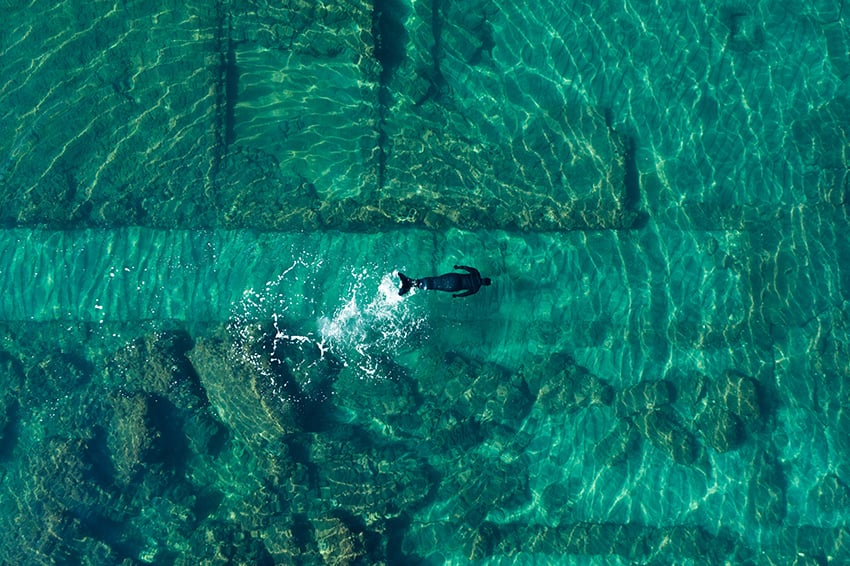
Emilija Škarnulytė, Sunken Cities (2021). Video installation.
This ambitious exhibition, featuring a stellar lineup of 34 local, national, and international artists, marks the Tokyo museum’s 20th anniversary. Featuring around 100 historical and newly commissioned works spanning four chapters, the show reflects ecological changes brought about by humankind since the Industrial Revolution. Among the participating artists are the Santiago- and New York-based Cecilia Vicuña, Thai artist Apichatpong Weerasethakul, Berlin-based Monira Al Qadiri, and Martha Atienza, who divides her time between the Netherlands and the Philippines.
By dedicating one chapter to historical works of Japanese artists born in the first half of the 20th century, the exhibition questions the hefty price that Japan paid for rapid economic growth between the 1950s and the 1980s, which saw serious environmental damage brought about by unchecked pollution. The case analysis of these tragedies remains on the website of the country’s Ministry of Environment even today to serve as a reminder of the painful past. Ultimately, Mori Art Museum wants its audience to rethink our environmental problems through this show, which was realized sustainably.
Mori Art Museum is at 53/F, Roppongi Hills Mori Tower, Roppongi, 6 Chome−10−1, 106-6150 Tokyo.
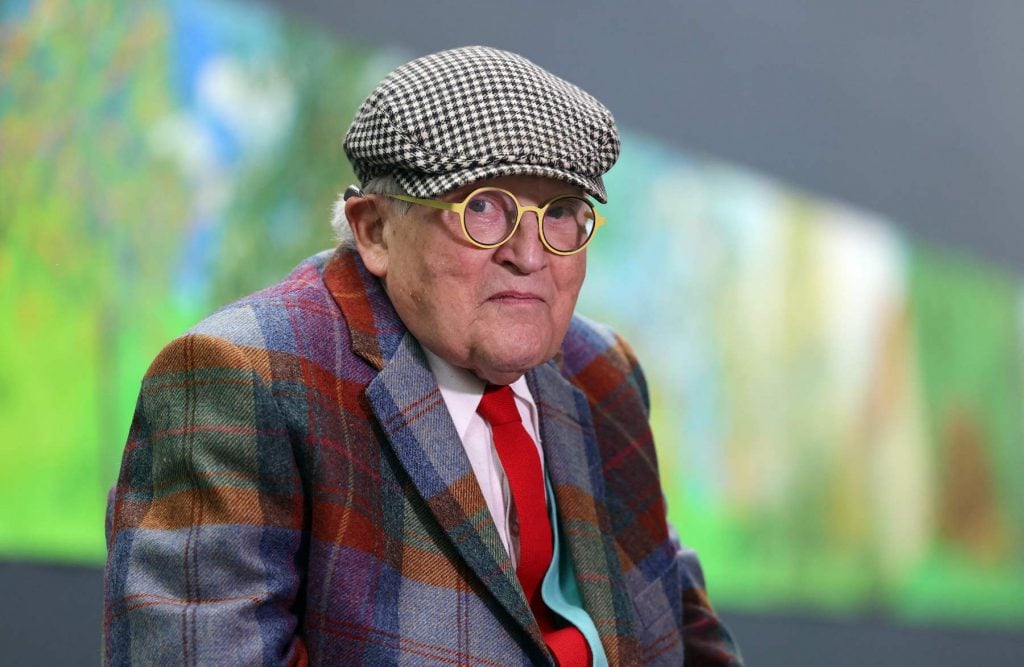
British painter David Hockney poses at the Orangerie museum in Paris in 2021. Photo by Thomas Coex/AFP via Getty Images.
British painter David Hockney, 86, is a household name in the West; the Museum of Contemporary Art Tokyo has 150 of his works and has an ongoing relationship with the artist, and yet this eponymous exhibition is his first museum show in Japan in 27 years.
The show features more than 120 works, including some of the most iconic ones produced in the U.K. and Los Angeles, as well as large-scale pieces such as a 90-meter-long work the artist created with his iPad during Covid lockdown. It is also the Asian institutional debut of the artist’s 10-meter-wide 2011 oil painting The Arrival of Spring, Woldgate, East Yorkshire in 2011 (twenty eleven), and the show includes one of the artist’s latest self-portraits.
Museum of Contemporary Art Tokyo is at 4-1-1 Miyoshi, Koto-ku, Tokyo 135-0022.
More Trending Stories:
Four ‘Excellently Preserved’ Ancient Roman Swords Have Been Found in the Judean Desert